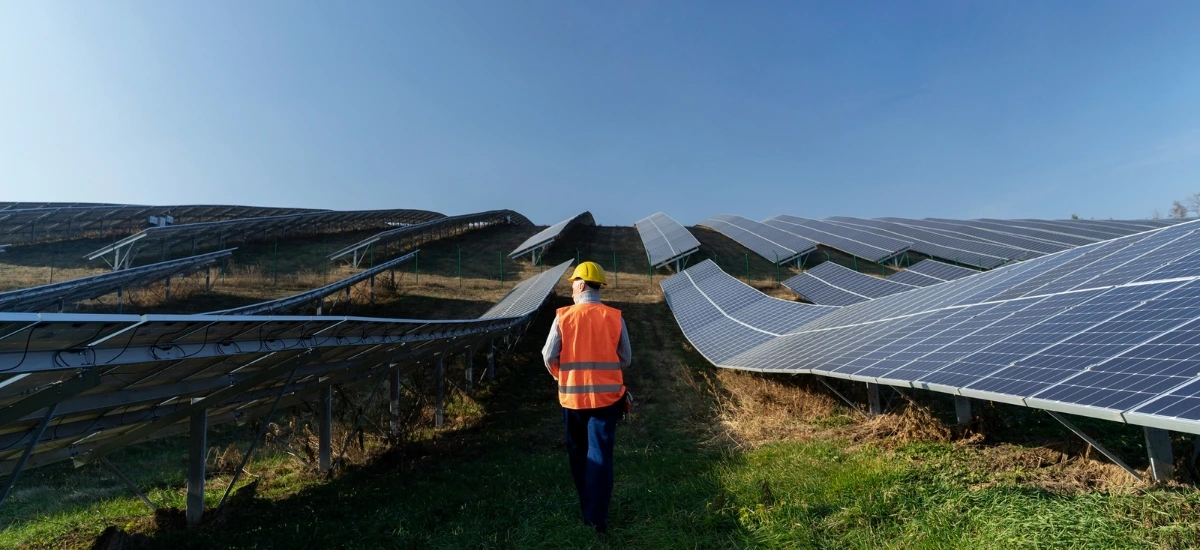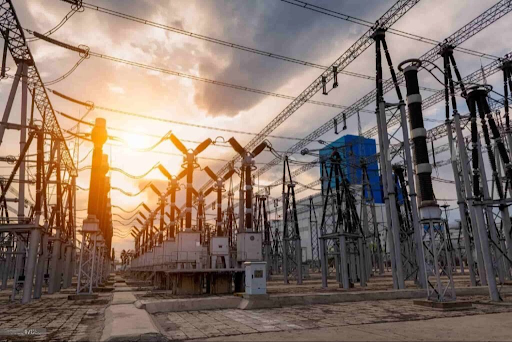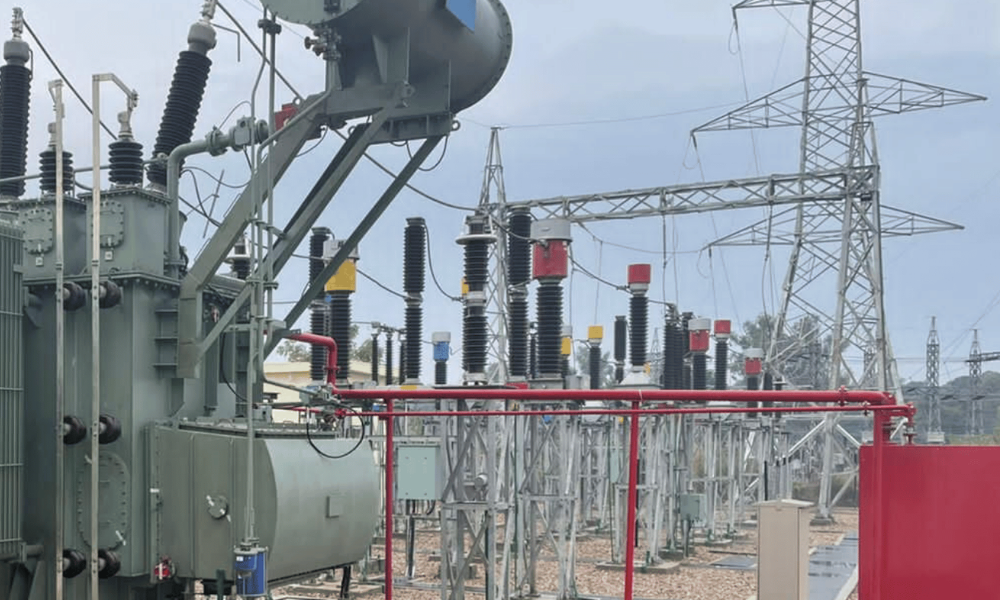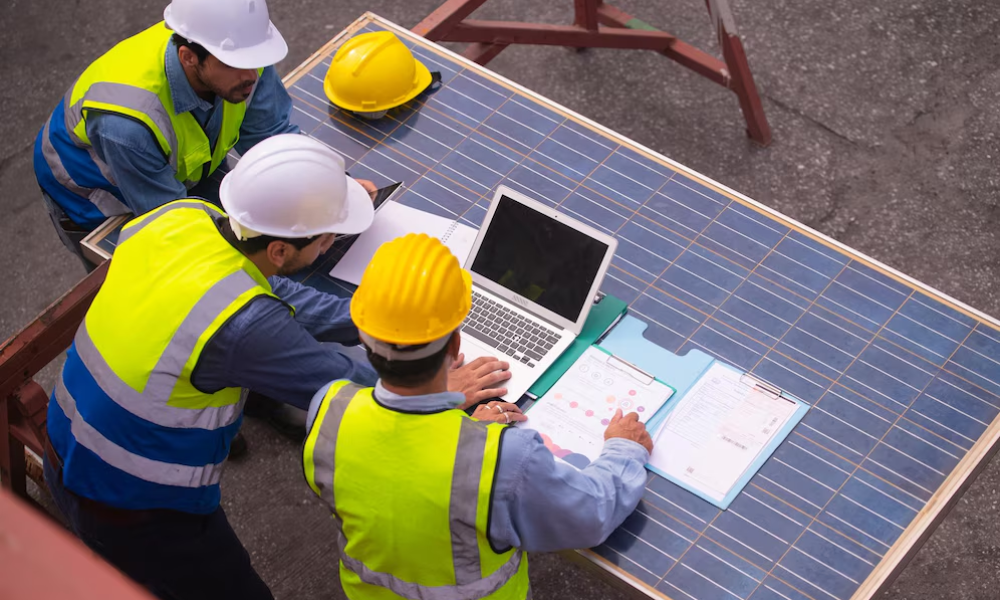India has set out on a new mission. This is to have 500 GW of renewable energy capacity achieved by 2030. Renewables like solar, wind, and others will help India achieve this. But there is one hindrance that continues to threaten this mission — Right of Way (RoW) challenges.
Every EPC project, be it for power transmission lines or large-scale solar EPC tenders, relies on land access. If the land is not available, slow progress or a complete standstill is inevitable, which is bad for the project. In brief, RoW is becoming one of the most critical challenges in renewable energy projects in India.
Did You Know? India stands to lose out on renewables projects by over 30,000 MW every decade due to legal issues, RoW conflicts, and land acquisition delays.
What is RoW & How is it an Integral Part of Any EPC Project?
RoW, or Right of Way, defines the legal entitlement of a company or a specific authority to use land owned by another party for the construction, operation, and maintenance of infrastructure. With regard to EPC Project Phases, RoW remains one of the most important factors, as nearly all infrastructure undertakings such as power transmission lines, oil & gas pipelines, highways, and even telecom networks require land access in various places. Without obtaining proper clearances for RoW, the physical execution of any given project would be rendered futile.

EPC projects are, by nature, expansive in scope and may even traverse several states, crossing through towns, private properties, wooded areas, and parks. They become RoW’s ultimate lifeline for solar EPC projects, allowing the construction of critical infrastructure without the necessity to own every land. However, gaining RoW is not simply a matter of corporeal access — it shapes the context of dealing with various laws, local government representatives, as well as ensuring the least possible impacts to communities. Not having RoW in a timely manner could create some serious timing issues and budget constraints which could lead to canceling the project altogether.
RoW Hurdles in the EPC Projects in India, and How is it Impacting Us
In India, the RoW issues face intricate challenges because of disparate land ownership systems, unclear legal status of land parcels, and governance blockages. One of the biggest challenges is the backlash from indigenous landowners and communities, which stems from underpayment or negative impacts on the ecological balance.
The EPC projects in the power transmission segment encounter issues when they are located in or near forests or agricultural land, taking many years to obtain necessary clearances.
As per NITI Aayog’s latest report dealing with infrastructural hurdles in India, more than seventy percent of the nation’s infrastructure is at a basic development stage only because of land acquisition and route of the corridor issues. All these factors lead to the costs of national projects skyrocketing, reduced trust from investors, and a lack of systematic economic growth in the nation. Consequently, these challenges undermine the speed at which infrastructure is built, which drags down many industries and consumers who depend on these projects being finished on time.
Possible Measures to Overcome RoW Problem in EPC Power Projects
To resolve the RoW issue in India, a mix of regulatory changes, improved collaboration, and proactive outreach is needed. Clear distinctions of policies need to be delineated at the state level to resolve questions of ambiguity. Policies around electronic land registries, as well as quicker resolution of disputes, will help cut down on the time taken.
Trust building with local communities around compensation, environmental protection, and communication also needs to be given just as much focus. When the private sector works in tandem with government agencies in good faith, the RoW challenges will be systematically resolved, and EPC projects in the country will be easier to execute.
Driving Solutions Beyond RoW Challenges
At Hartek, we believe that RoW obstacles are real, but they aren’t insurmountable. With a proactive stance, community engagement, and actionable planning, we guarantee that speed and operational reliability are achieved in unison for the EPC project undertaken, enabling the unlock of India’s renewable energy potential.
FAQ’s:-
1. What is Right of Way (RoW) in EPC Projects?
Consider the Right of Way (RoW) in a project as the legal access navigation grant for land needed to funnel construction work, such as vehicles for infrastructure, charging stations for transmission lines, and real estate solar plants.
2. What is the Importance of RoW in Solar EPC Projects?
RoW is important in solar EPC projects as land access hindrances can derail timelines, escalate expenses, and foster legal or developer regulatory entanglements.
3. What are Common RoW Obstacles in EPC Power Projects?
Significant RoW obstacles in power EPC projects include land ownership battles, localized defiance, ambiguous ownership records, compensation claims, greenhouse bans, and government-approved delays.
4. In what ways can EPC companies bypass RoW troubles?
Overcoming RoW hurdles requires proactive stakeholder negotiation during project construction with framed generous compensation within legal boundaries sponsoring the local populace to document militia.
Sources:-
Economic Times- RoW conflicts, and land acquisition delays
NITI Aayog, Report on Infrastructure Bottlenecks, 2022
Government of India: Ministry of Power on India’s 500GW Renewable Energy Goal



